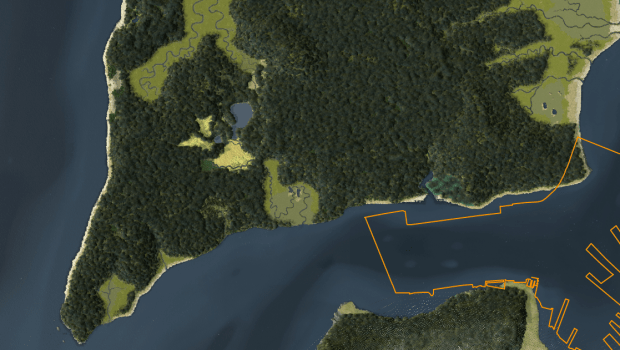At one point in time, the land that is now Manhattan in New York City had an array of wildlife, including gray wolves, bears, and songbirds. The land that has since been replaced by buildings and skyscrapers, was also home to many tribes of Native Americans.
Now a project from the Wildlife Conservation Society is letting people revisit this time period. The Welikia Project is an interactive recreation of what Manhattan was like in the year 1609, right before Dutch settlers came to the island.
The landscape would be virtually unrecognizable to New Yorkers of today.
Manhattan had a remarkably diverse natural landscape which included hills, valleys, forests, fields, wetlands, salt marshes, beaches, springs, ponds and streams. There was abundant wildlife, and Natives lived peacefully on the land before Europeans arrived.
The area had an incredible amount of biological diversity, and it even had porpoises in its waters. Manhattan before settlement is believed to have rivaled the national parks of Yellowstone and Yosemite in terms of wildlife.
The Welikia Project’s interactive exhibit allows users to scroll from the present to the past in order to transform a map of the now urbanized island into its previous form. The urban environment slowly transitions into a luscious forest with an abundance of ponds and streams.
Users can even type in a specific address to see what that area once looked like. Every block or neighborhood comes complete with a list of animal and plant species that are believed to have once lived there.
For instance, the site of the new World Trade Center had meadow voles, white-footed mice, ospreys, redback salamanders, and black-cherry trees. Harlem was home to edible blackhaw shrubs, rabbits, robins, red-tailed hawks, and deer. Along the Harlem River were beavers, plovers, flying squirrels, and snapping turtles.
The Welikia Project is still a work in progress, with some areas still needing to be filled in. People are encouraged to help the Wildlife Conservation Society finish the project by offering donations. You can check them out here.
Stay Connected


